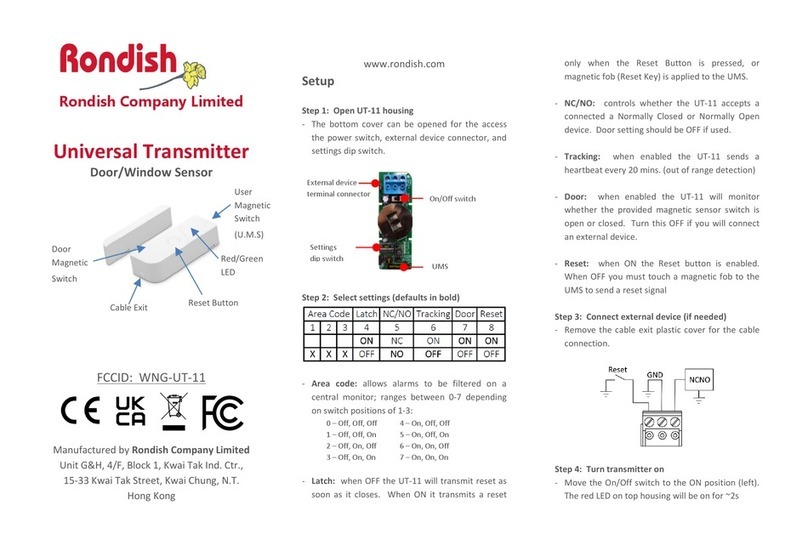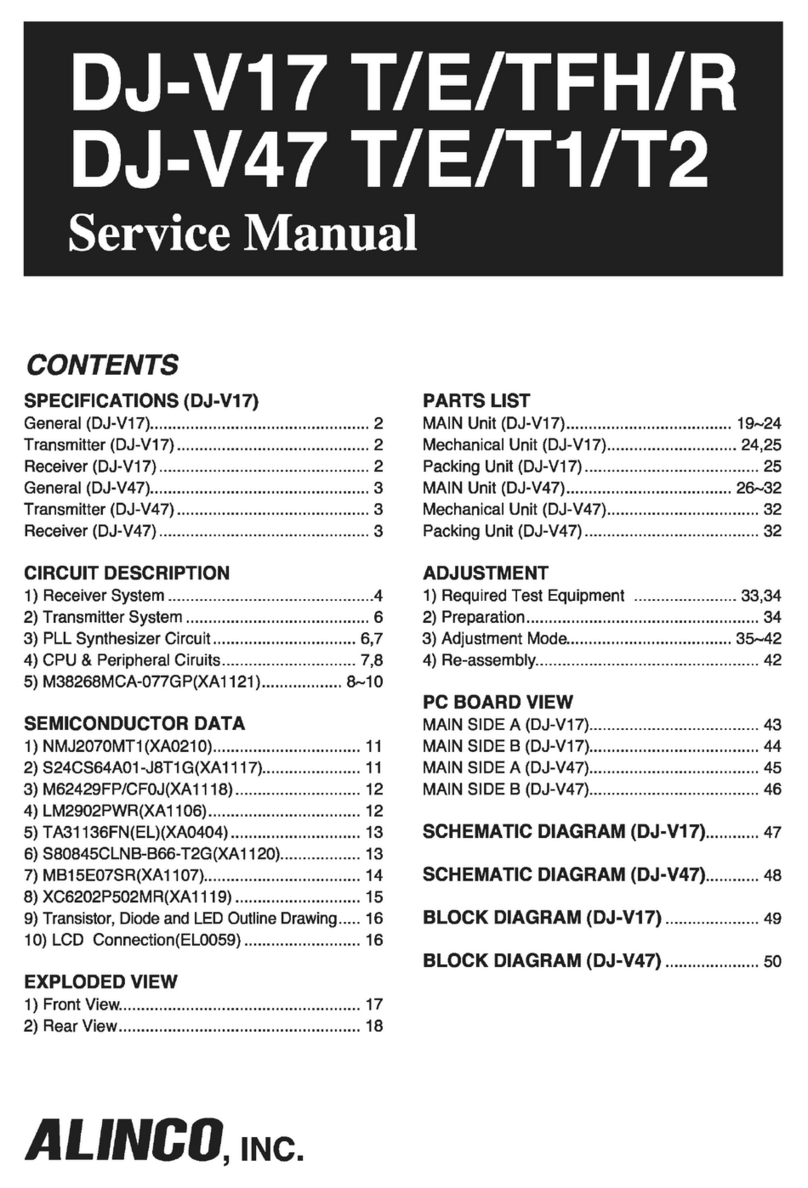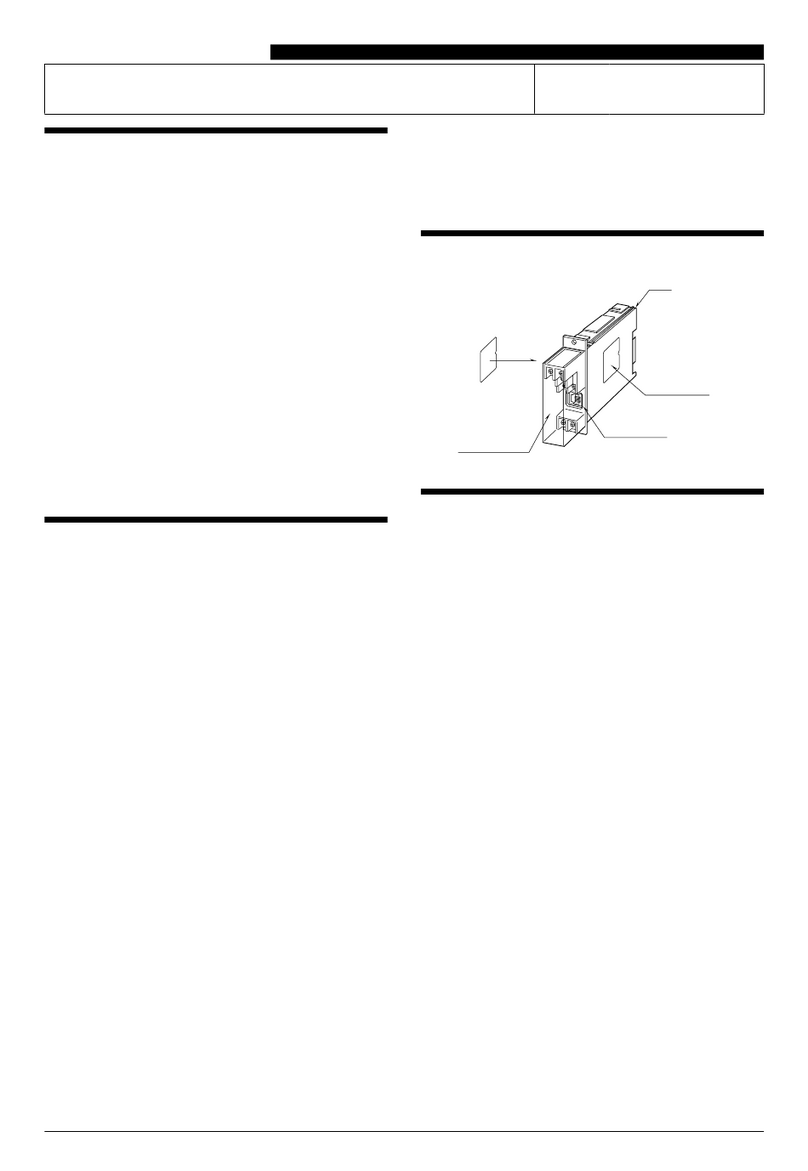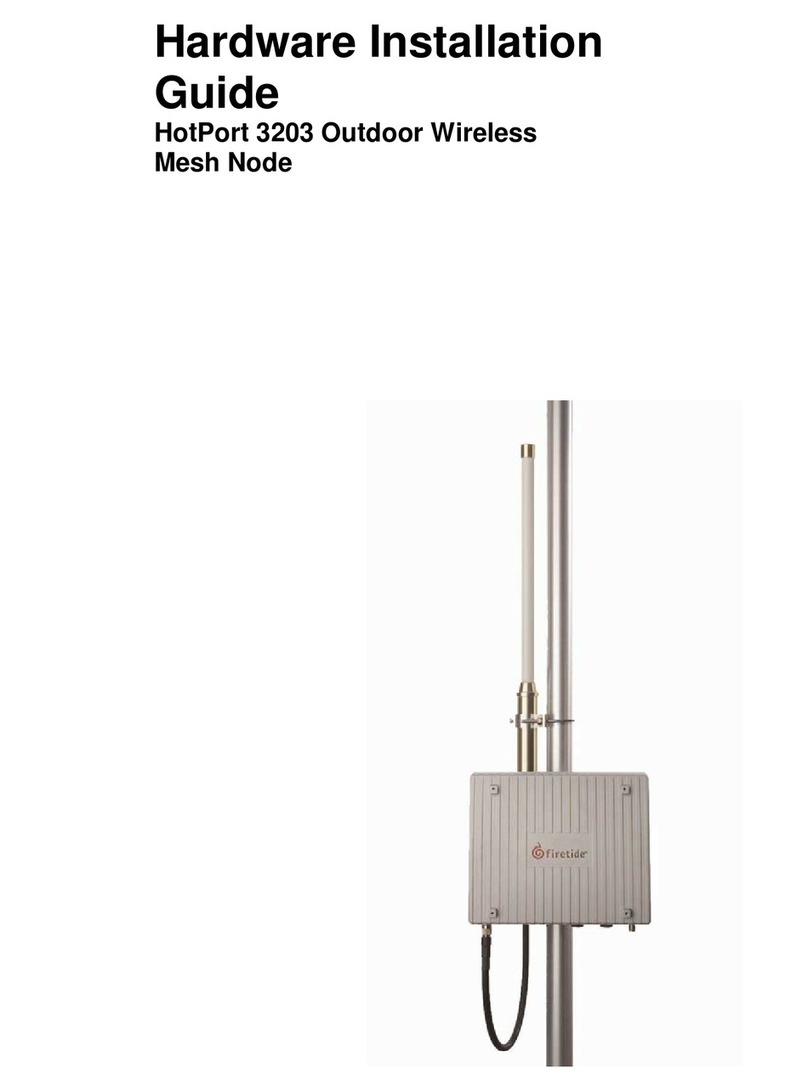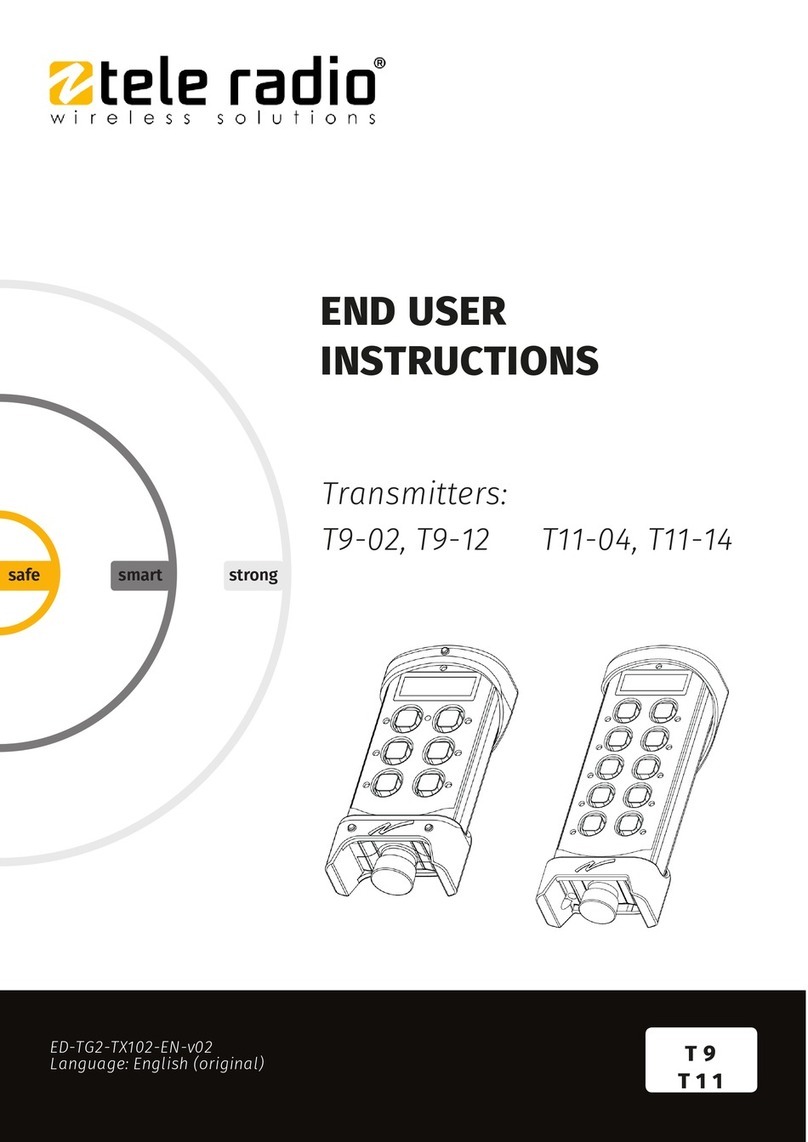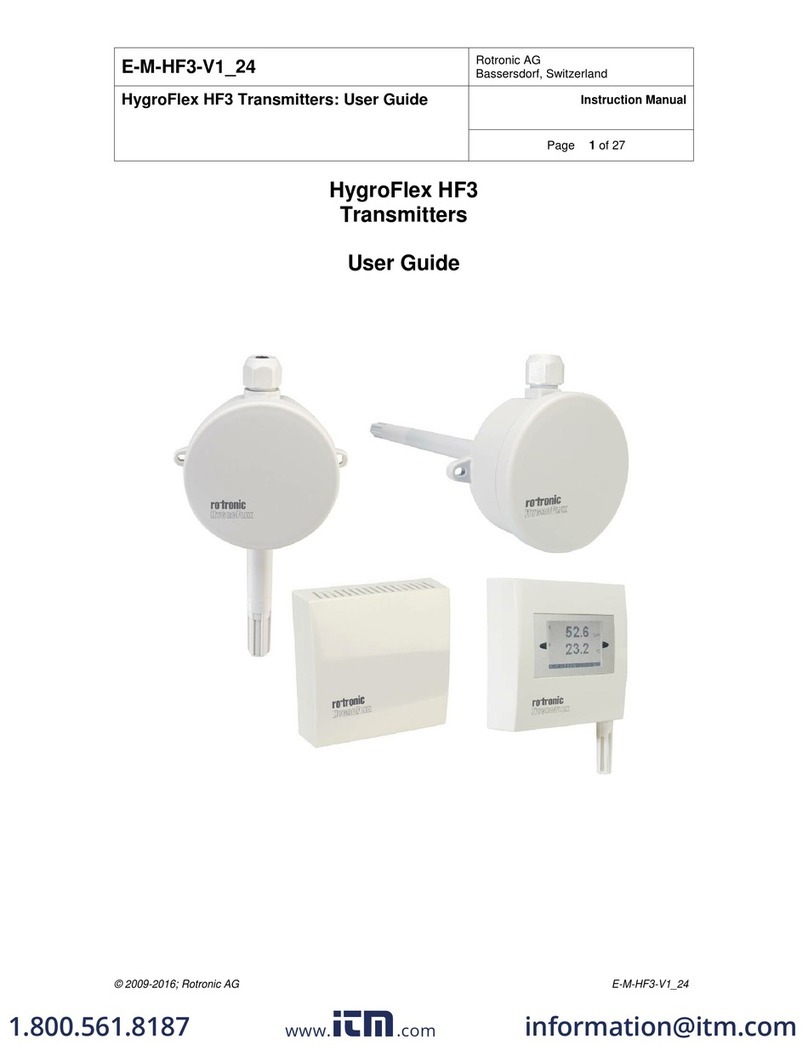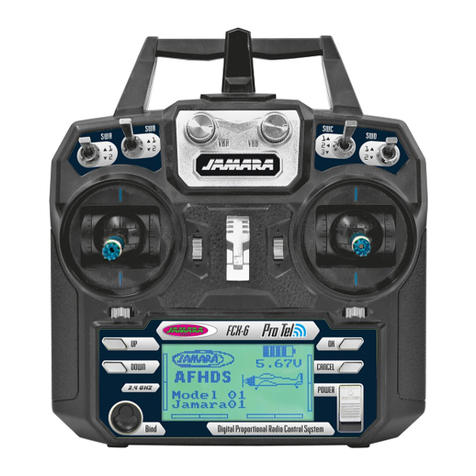
ESI RF BRIDGE User Guide version 1.0.4.0
www.elec-solutions.com © 2014 Electronic Solutions, Inc. Page 6 of 19
1. If the Configuration Menu is showing in the terminal emulator, select “0. Exit Configuration”.
2. Verify that no devices are currently joined to the ESI RF Bridge (which is the Hub device).
a. In the terminal emulator, press Ctrl-T to show the Device List.
b. If the Device List is empty, continue with Step 3.
Empty Device List:
c. If the Device List contains devices, then triple-press (within 1 second) the Network Button on the
ESI RF Bridge.
The Yellow LED blinks once, turns on solid, then the Blue LED blinks twice.
A serial string with the version number is sent to the PC or automation system.
d. In the terminal emulator, press Ctrl-T again to show the Device List, which should now be empty.
Exit the Ctrl-T screen by pressing Ctrl-C, then choose “0. Exit Configuration”.
Continue with Step 3.
3. On the ESI RF Bridge, start Network Invite by pressing the Network Button once.
a. The Yellow LED is flashing (and remains flashing until the Network Button is pressed again).
b. NOTE: if you are not using SUITE remotes in the network, skip to Step 6.
4. ONLY IF USING A SUITE REMOTE: join each remote to the network (remotes at Factory Default).
a. Press the PRESET, UP, STOP, or DOWN button to “wake up” and initiate Network Search.
Green PRESET LED is on solid.
b. After a few seconds, the SUITE remote joins the ESI RF network.
The Group 1 LED is on solid, and the Red PRESET button is on solid.
c. Press and hold the STOP button for approximately 5 seconds, until the Green LED blinks twice
and turns off AND the Group 1 LED turns off.
NOTE: When a remote joins the RF network, the Hub device (ESI RF Bridge) is put into
the Group 1, Slot 1 position in the remote’s Device Table. This step moves the Hub
device (ESI RF Bridge) from Group 1, Slot 1 into a special 17th slot, reserved only for the
Hub device. Now, all 16 regular group slots (Arc remote) or all 4 regular group slots (Step
remote) are available for motors.
d. Press the Network Button once on ESI RF Bridge to turn off Network Invite.
Yellow LED on the ESI RF Bridge turns OFF.
e. RECOMMENDATION: join all SUITE remotes to the ESI RF Bridge, then continue with Step 5.
5. ONLY IF USING A SUITE REMOTE —join RF devices to the network.
IMPORTANT: For the remainder of network setup, issue the Network Invite from each SUITE
remote to join other RF devices to the network. For each SUITE remote, join the
devices needed, then go to the next SUITE remote and join devices, until each
SUITE remote controls the desired group of motors. See Steps a. and b. below.





